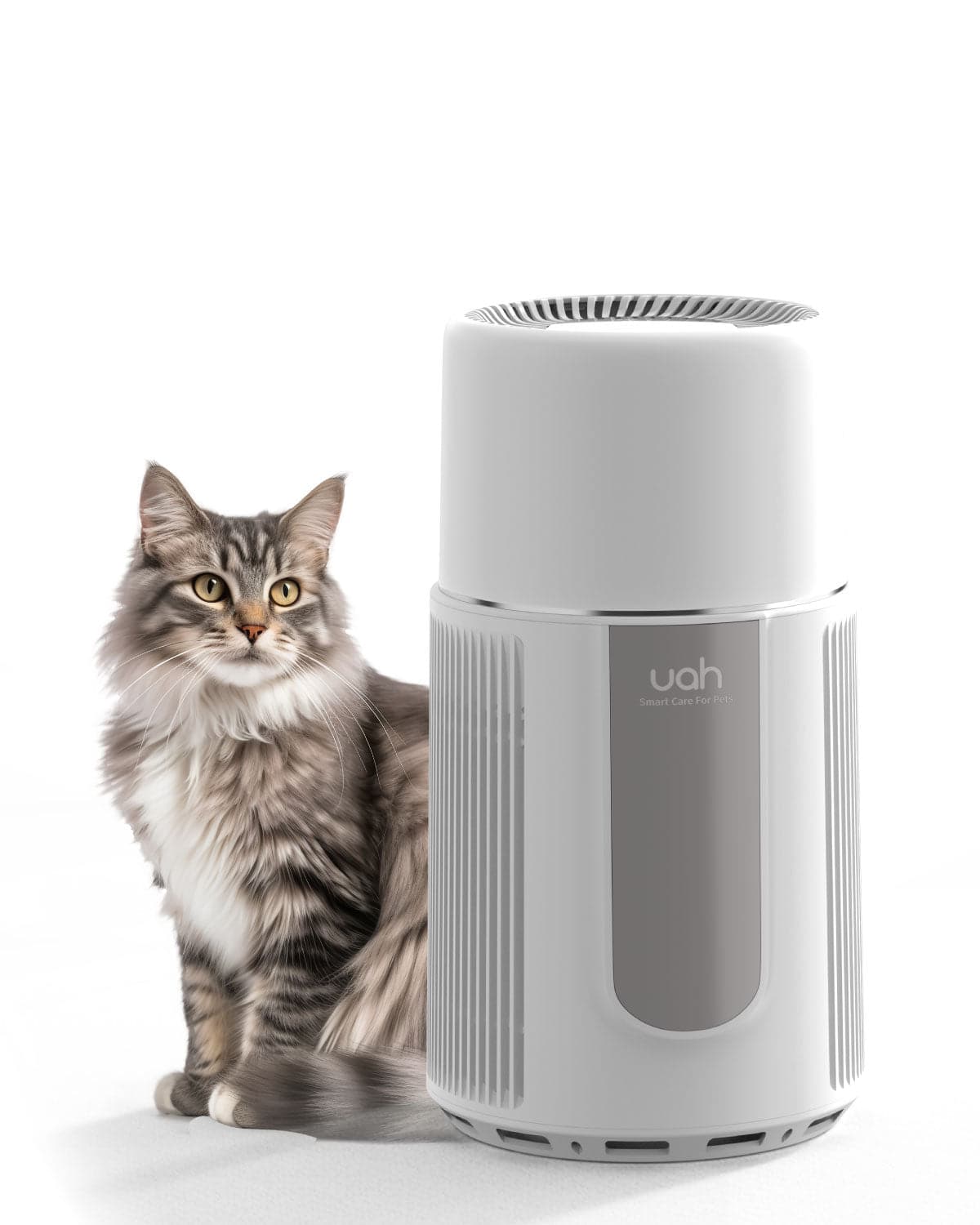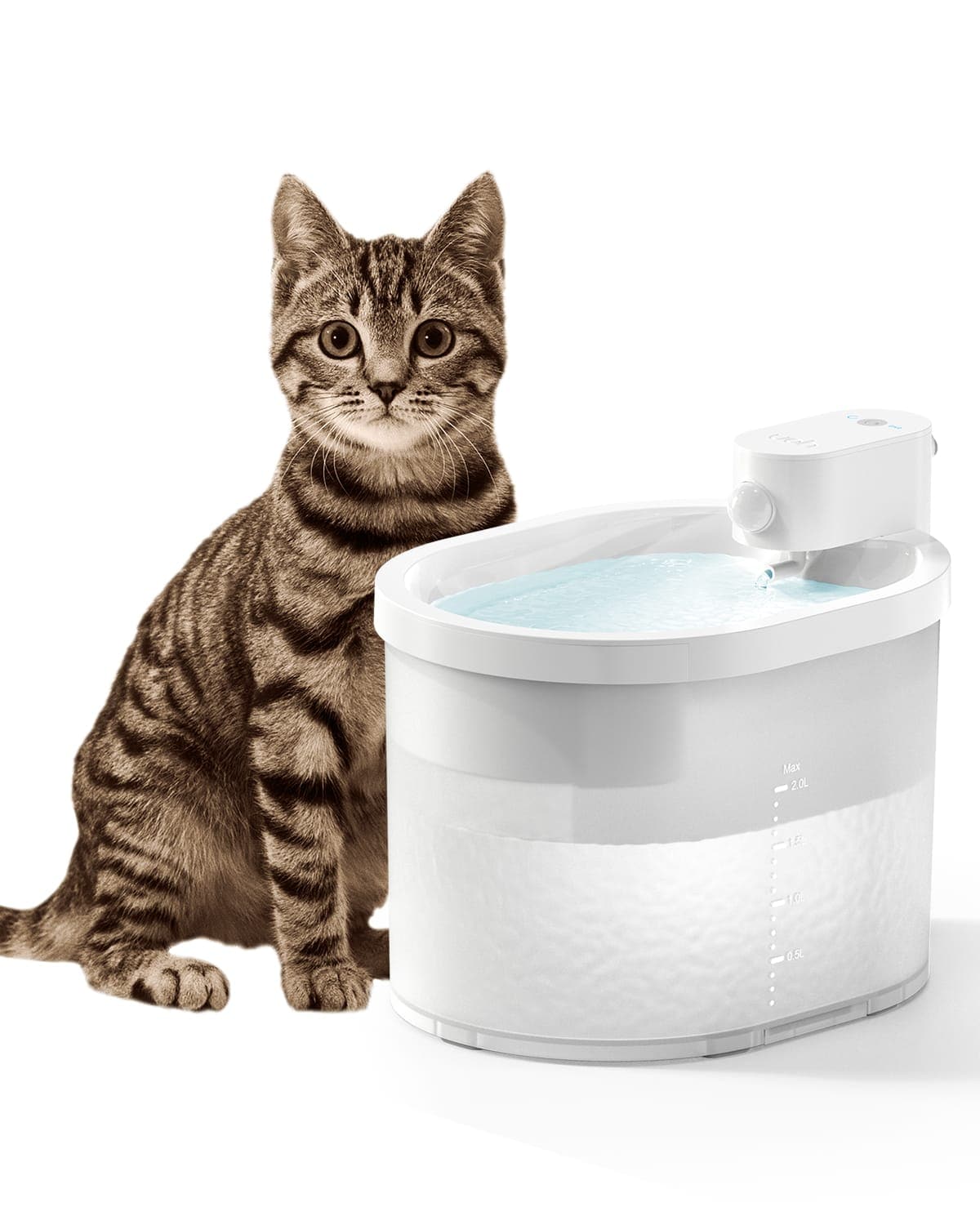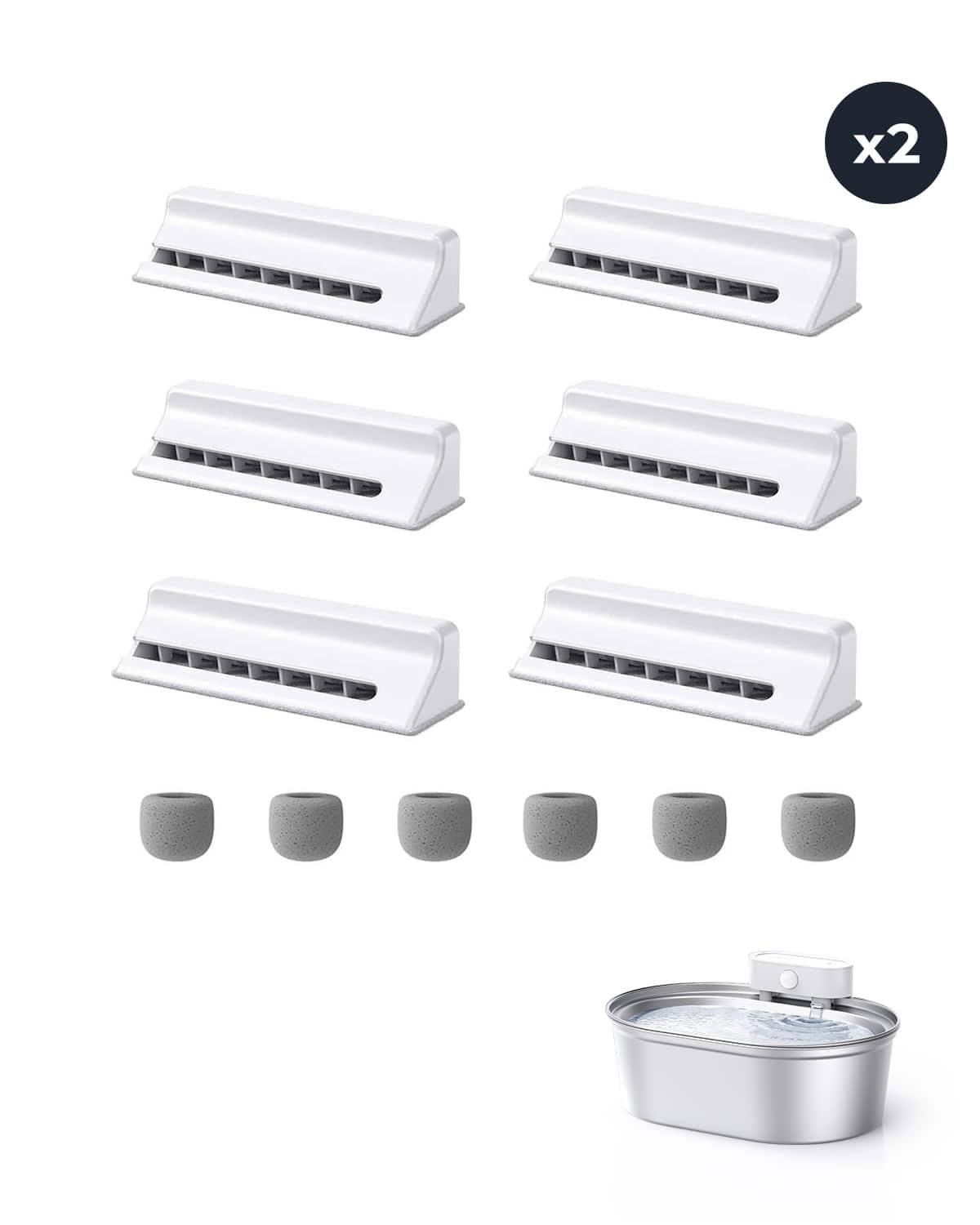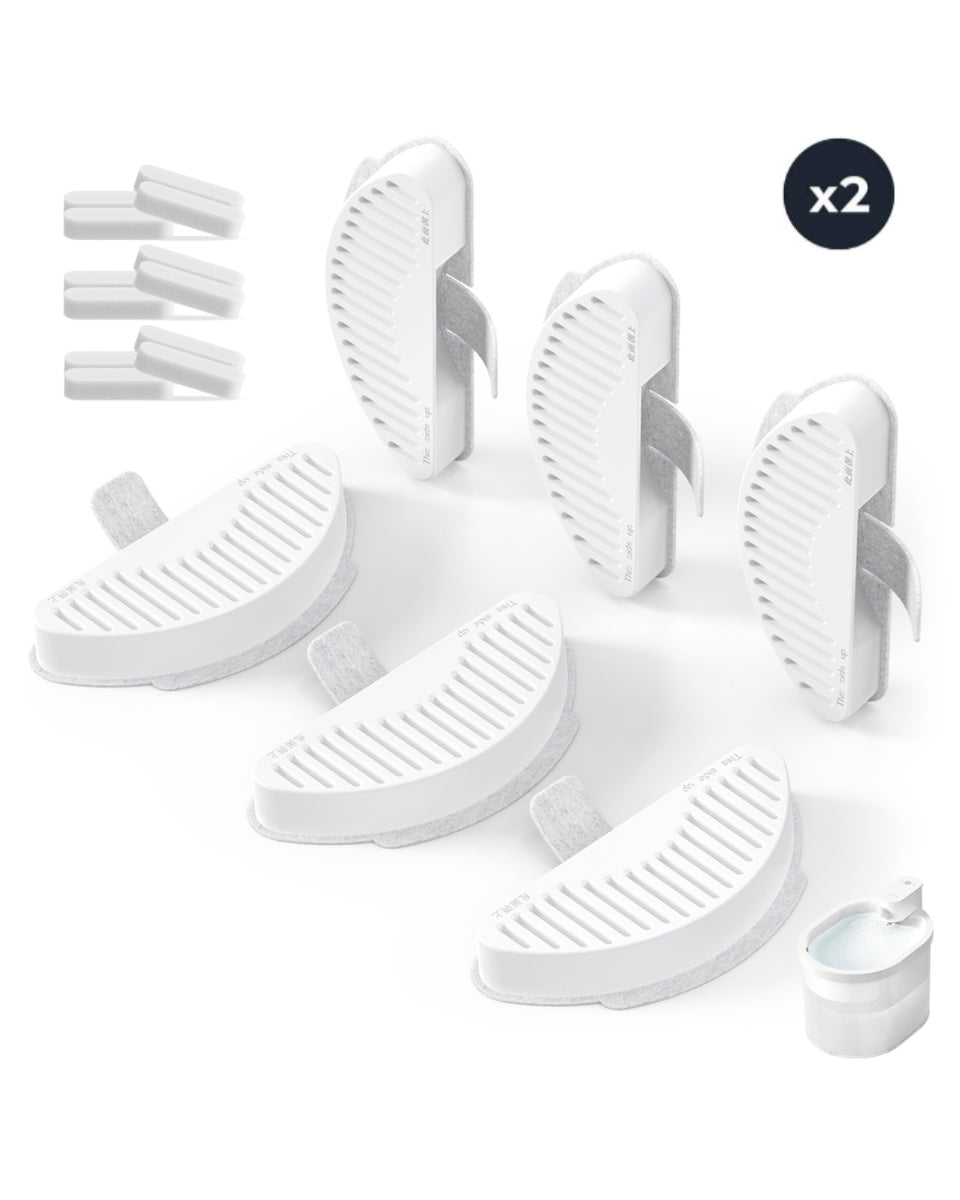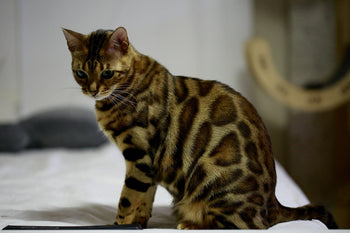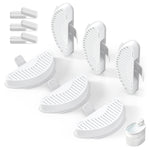Cats are one of the most popular pets in the world, and they are known for their independent nature and aloof demeanor. However, they also have a softer side, and many cats enjoy being petted by their owners. But why do cats like being petted? This is a question that has puzzled cat owners for years, and there are several theories that attempt to explain this behavior.
One theory is that cats enjoy being petted because it reminds them of the grooming behavior that they engage in with other cats. Cats are social animals, and they often groom each other as a way of bonding and showing affection. When a cat is petted by its owner, it may feel like it is being groomed, which can be comforting and enjoyable.
Another theory is that cats enjoy being petted because it feels good. When a cat is petted, it releases endorphins, which are natural chemicals that make it feel happy and relaxed. This can create a positive association with being petted, and the cat may seek out this behavior as a way of feeling good.

Why Do Cats Like Being Pet: Understanding Feline Behavior
Key Takeaways
Cats may enjoy being petted because it reminds them of grooming behavior with other cats.
Petting a cat can release endorphins, making them feel happy and relaxed.
Understanding why cats enjoy being petted can help owners better bond with their feline companions.
Understanding Cats' Reproductive Cycle
Estrous Cycle in Female Cats
Cats are seasonal breeders, meaning that they have a reproductive cycle that is influenced by changes in daylight hours. Female cats, or queens, have an estrous cycle that is triggered by the amount of daylight they are exposed to. This cycle is also influenced by hormonal changes in the body.
Stages of the Estrous Cycle
The estrous cycle can be divided into four stages: proestrus, estrus, metestrus, and anestrus. During proestrus, the queen will begin to show signs of being in heat, such as increased vocalization and restlessness. Estrus is the period during which the queen is most receptive to mating. Metestrus is a period of recovery after mating, and anestrus is a period of sexual inactivity.
Duration and Frequency of Heat
The duration of the estrous cycle in cats is approximately 21 days, but this can vary depending on the individual cat. The duration of the estrus stage is typically 4-7 days, during which the queen will show the most obvious signs of being in heat. The frequency of the estrous cycle also varies depending on the individual cat, but it typically occurs every 2-3 weeks during the breeding season.
During the estrus stage, female cats may exhibit behaviors such as rubbing against objects or people, rolling on the ground, and elevating their hindquarters. This behavior is believed to be related to the release of hormones that stimulate the reproductive system. It is also believed that petting and stroking a cat during this time can help to alleviate some of the discomfort associated with being in heat.
Overall, understanding the reproductive cycle of cats can help to explain why they may enjoy being petted and stroked, particularly during the estrus stage. It is important to note, however, that not all cats will exhibit the same behaviors during this time, and individual differences should be taken into account.
Clarifying the Misconception
Cats Vs. Human Periods
Contrary to popular belief, cats do not have periods like humans. Female cats have an estrus cycle, which is also known as heat. During this time, the female cat's body prepares for mating and fertilization. The estrus cycle is characterized by changes in behavior, such as increased vocalization, restlessness, and rubbing against objects. However, unlike humans, cats do not shed their uterine lining during this cycle.

Uterine Lining Shedding
The shedding of the uterine lining is a significant difference between human menstrual cycles and cat estrus cycles. In humans, the shedding of the uterine lining is what causes the bleeding associated with periods. Cats, on the other hand, do not experience this shedding, and therefore do not have a menstrual cycle.
Ovulation and Mating Focus
During the estrus cycle, cats experience ovulation, which is the release of an egg from the ovaries. This is the time when female cats are most receptive to mating, and male cats will often show increased interest in females. Petting a cat during this time can help to calm them down and reduce their stress levels. Additionally, petting can help to distract them from their mating focus and prevent them from becoming overly aggressive or territorial.
In conclusion, cats do not like being pet because they are experiencing a period. Instead, petting can help to calm them down during their estrus cycle and prevent them from becoming overly aggressive or territorial. Understanding the differences between human menstrual cycles and cat estrus cycles can help to clarify this common misconception.
Why Cats Enjoy Being Pet
Cats are known for their love of being petted. This section will explore the reasons why cats enjoy being petted, including the bonding and social aspect, comfort, relaxation, and stress relief, and understanding preferences and boundaries.
Reasons for Enjoyment
Cats enjoy being petted for a variety of reasons. One reason is that they enjoy the physical sensation of being touched. Petting can feel good to cats, especially when it is done in the right spots. Cats have sensitive areas on their bodies, such as their chins, cheeks, and the base of their tails, which when petted, can give them pleasure.
Bonding and Social Aspect
Another reason why cats enjoy being petted is that it helps them bond with their human companions. Petting can be a way for cats to show affection and to communicate with their owners. It can also help cats feel more secure and comfortable in their environment. For some cats, petting can even be a way to establish dominance over their owners.
Comfort, Relaxation, and Stress Relief
Petting can also be a source of comfort, relaxation, and stress relief for cats. Just like humans, cats can experience stress and anxiety. Petting can help to calm them down, reduce their heart rate, and lower their blood pressure. It can also help to alleviate physical tension and pain in their muscles and joints.
Understanding Preferences and Boundaries
It is important to understand that not all cats enjoy being petted. Some cats may be more sensitive to touch and prefer to be left alone. Others may have specific areas of their bodies that they do not like to be touched. It is important to respect a cat's preferences and boundaries and to pay attention to their body language to determine when they are no longer enjoying being petted.
In conclusion, cats enjoy being petted for a variety of reasons, including the physical sensation, bonding and social aspect, comfort, relaxation, and stress relief. However, it is important to understand that not all cats enjoy being petted and to respect their preferences and boundaries.

Conclusion
In conclusion, cats enjoy being pet for a variety of reasons. It can provide them with physical comfort and relaxation, as well as mental stimulation and social bonding with their human companions. However, it is important to note that not all cats enjoy being petted in the same way or to the same extent. Some may prefer gentle strokes on certain areas of their body, while others may prefer more vigorous petting or may not enjoy being petted at all.
Overall, understanding a cat's individual preferences and body language is key to providing them with enjoyable and stress-free petting experiences. By respecting their boundaries and providing positive reinforcement, cat owners can strengthen their bond with their feline friends and provide them with the love and affection they crave.
Frequently Asked Questions
What are the reasons cats enjoy being stroked?
Cats enjoy being petted for various reasons, such as the sensation of touch, the pleasure of social interaction, and the relaxation it brings. Petting releases endorphins, which are natural painkillers that help to reduce stress and anxiety in cats.
How do cats communicate their preference for certain petting areas?
Cats communicate their preference for certain petting areas through body language. They may lean into the petting, purr, or show other signs of contentment. Conversely, they may flinch, twitch their tails, or move away if they are uncomfortable with the petting.
What is the significance of a cat's positive response to chin rubs?
Cats have scent glands under their chins, and chin rubs help to mark their territory and communicate with other cats. Positive responses to chin rubs may also indicate that the cat is feeling relaxed and comfortable.
How do feline behaviors explain their enjoyment of being petted near the tail?
Petting near the tail can stimulate the nerves and muscles in a cat's hindquarters, which can be pleasurable for them. Additionally, cats may enjoy the attention and social interaction that petting provides.
Can cats perceive and appreciate human kisses?
Cats may not perceive human kisses in the same way that humans do, but they can appreciate the affection and attention that they convey. However, some cats may not enjoy being kissed and may show signs of discomfort or stress.
Is there a particular reason cats prefer being pet on the head?
Cats have scent glands on their faces, and petting on the head can help to distribute their scent and mark their territory. Additionally, cats may enjoy the attention and social interaction that petting provides. However, it is important to note that not all cats enjoy being petted on the head, and their preferences may vary.



